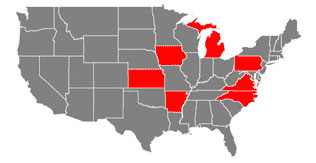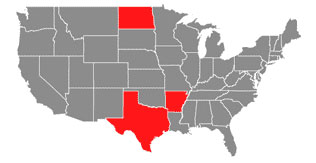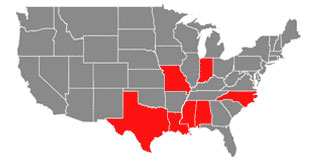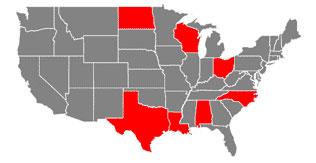The State of the States 2013
The Landscape of Abortion Restrictions Passed in 2013
Over the past year, we have had to double the size of our team of attorneys and experts who track state legislation and policy. And the reason why couldn’t be more apparent: the assault on reproductive rights continues at an unprecedented level.
Since the beginning of 2011, extremist politicians have passed more than 200 restrictions on reproductive health care—despite the fact that the majority of Americans believe that women should have access to abortion. And these restrictions have devastating consequences on women and their families, an impact that resonates for years. What we once hoped was an aberration of hostile activity is clearly a sustained attack. The past 12 months proved that once again.
We ended the year with dozens more laws in place than existed at its beginning. Four categories account for the vast majority of restrictions: insurance coverage restrictions, bans on abortion care, restrictions on medication abortion, and targeted regulations of abortion providers (also known as TRAP laws). To a large degree, these laws went into effect in states that have already demonstrated their opposition to reproductive health care, including North Dakota, Texas, and North Carolina.
We have documented the 2013 legislative activity in a new report, The State of the States, which through a dynamic interactive map illustrates the scope of the state-level attacks and shows how a woman’s constitutional rights vary dramatically depending on her zip code. Use it to check out what happened to reproductive rights in your state. And if the answer is “not much,” you can bet there’s a neighboring state that restricted access to reproductive health care.
It might seem that 2013 gave us only bad news, but that’s not true. We celebrated many critical courtroom victories that kept anti-choice zealots at bay while energizing a grass roots coalition of supporters, assembled through our Draw the Line campaign. Congress heard their chorus of outrage and introduced in November the historic Women’s Health Protection Act, a piece of legislation that actually will advance women’s health and safety—as opposed to the steady flow of anti-choice legislation that undermines their well-being.
This momentum and urgency is vital. As a recent editorial in the New York Times put it, we will have to “fight harder and more nimbly than ever” to succeed once and for all against the crushing collective weight of years of legislative attacks. That is a fight we will never back away from.




